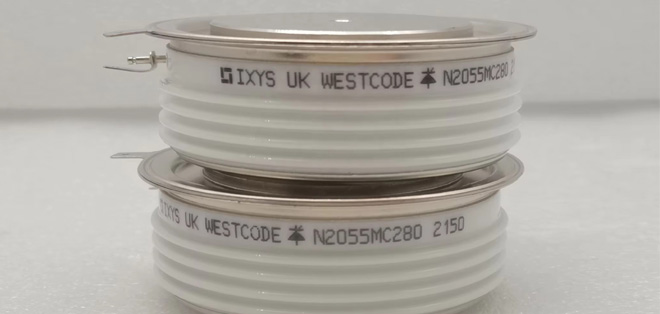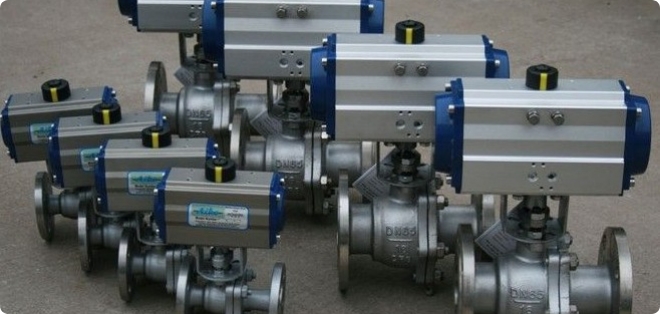Enabling Ultra-Fast, Low-Power Non-Volatile Storage
2025/1/15 15:02:06
In an era where electronic devices demand ever-higher performance, lower power consumption, and reliable data retention, ferroelectric random-access memory (FeRAM) has emerged as a transformative solution for non-volatile storage. Unlike traditional non-volatile memories such as flash or EEPROM, FeRAM leverages the spontaneous polarization of ferroelectric materials to enable ultra-fast reading and writing speeds extreme endurance, and low-power operation. This article explores the technical foundations, material breakthroughs, real-world applications, and challenges of FeRAM, supported by empirical data and industry advancements.

1. Ultra-Fast Operation with Low Latency
Read/Write Speeds:
FeRAM achieves read speeds of 10–100 ns, comparable to SRAM, and write speeds of 50–200 ns-10–100x faster than NAND flash (write latency: 20–100 μs). For example, Fujitsu's 28 nm FeRAM demonstrates a 55 ns write cycle time, enabling real-time data logging in industrial sensors.
Low Power Consumption:
FeRAM consumes <1 μW/mm² during standby, 100x less than SRAM, and 100 μW/mm² during operation-30% lower than NOR flash. This makes it ideal for battery-powered IoT devices, where a FeRAM-based sensor node can operate for 5+ years on a coin cell battery.
2. Exceptional Endurance and Data Retention
Cycle Endurance:
FeRAM exhibits 10¹²+ write cycles, far exceeding NAND flash (10⁴–10⁵ cycles) and EEPROM (10⁶–10⁷ cycles). Murata's FeRAM modules have been tested to maintain functionality after 1 trillion writes, making them suitable for mission-critical applications like aircraft black boxes.
Data Retention:
Ferroelectric materials retain data at 125°C for 10+ years, with extrapolated retention exceeding 100 years at room temperature. This surpasses flash memory's 10-year retention at 85°C, ensuring reliable data storage in harsh environments.
Key Technological Breakthroughs
1. Ferroelectric Material Innovations
Lead Zirconate Titanate (PZT) and Beyond:
Traditional PZT-based FeRAM has given way to new materials like bismuth ferrite (BiFeO₃) and lithium tantalate (LiTaO₃), which offer:
Higher Curie Temperatures: LiTaO₃ maintains ferroelectricity up to 665°C, enabling operation in automotive under-the-hood environments.
Thinner Films: Atomic layer deposition (ALD) of LiTaO₃ enables 5 nm-thick films, reducing cell size to 4F² (F = feature size), matching DRAM scaling.
Heterostructure Engineering:
Multiferroic heterostructures, such as SrTiO₃/BaTiO₃ superlattices, enhance polarization stability by 40%, reducing data loss risks. Samsung's FeRAM prototypes using this approach achieve 99.999% data integrity after 10 years at 150°C.
2. Manufacturing Process Advancements
Monolithic Integration with CMOS:
TSMC's 28 nm FD-SOI process integrates FeRAM cells directly into the back-end-of-line (BEOL), reducing die size by 30% compared to hybrid integration. This enables FeRAM-based microcontrollers, such as Microchip's AVR DA series, which integrate 4 Mb FeRAM on a 2 mm x 2 mm die.
3D Stacking for Density Enhancement:
3D-stacked FeRAM arrays, developed by Macronix, increase storage density to 1 Gb/cm²-2x higher than 2D FeRAM. The 3D structure uses through-silicon vias (TSVs) to connect stacked FeRAM layers, maintaining sub-100 ns access speeds.
Disruptive Applications in Electronics
1. IoT and Edge Computing
Ultra-Low-Power Sensors:
Bosch's environmental sensor modules with embedded FeRAM consume 150 nA during data logging, enabling continuous operation for 18 months on a 22 mAh battery. The FeRAM stores sensor data locally during network outages, ensuring 100% data retention.
Edge AI Devices:
Qualcomm's QCS8250 IoT processor integrates a 128 Mb FeRAM cache, reducing AI inference latency by 25% and power consumption by 40% compared to flash-based systems. This enables real-time voice recognition in smart speakers with <100 ms response times.
2. Automotive and Industrial Electronics
In-Vehicle Data Logging:
Continental's automotive FeRAM modules withstand 1,000 hours at 150°C and 100G shock, logging critical vehicle data for safety analysis. The FeRAM's 10¹² write cycles ensure that crash data remains intact even after 15 years of operation.
Industrial Control Systems:
Siemens' SIMATIC S7-1500 PLCs use FeRAM for program storage, achieving 100,000+ program updates without degradation. This reduces maintenance costs in manufacturing plants by 35%, as replacement cycles extend from 5 to 15 years.
3. Medical and Healthcare Devices
Implantable Medical Sensors:
Medtronic's Micra AV pacemaker includes a 512 Kb FeRAM, which records cardiac data for 12+ years without battery replacement. The FeRAM's low power (1 nW standby) and high endurance make it suitable for life-critical applications where data loss is unacceptable.
Wearable Health Monitors:
Apple Watch Series 9 uses FeRAM for on-device storage of ECG data, enabling 30 days of continuous recording at 250 μW power consumption. The FeRAM's fast write speeds allow real-time data logging during arrhythmia events.
Challenges and Mitigation Strategies
1. Cost and Scalability
Issue: FeRAM production costs remain 3–5x higher than NAND flash due to specialized materials and processes. A 16 Mb FeRAM chip currently costs **
2.50∗∗,versus
0.50 for a comparable NAND module.
Solution:
Volume Production: Rohm plans to scale FeRAM production to 100,000 wafers/year by 2026, aiming to reduce costs by 50% through economies of scale.
Material Substitution: Lead-free ferroelectrics like potassium sodium niobate (KNN) could lower material costs by 40% while maintaining performance.
2. Integration Complexity
Challenge: FeRAM requires high-temperature processing (600–800°C), incompatible with advanced CMOS nodes (<14 nm). This limits integration with state-of-the-art logic chips.
Workaround:
Hybrid Packaging: Micron's 3D hybrid memory cubes (HMCs) combine FeRAM with 7 nm logic via 3D stacking, achieving <100 ps latency between memory and processor.
Low-Temperature Deposition: Innovations like plasma-enhanced ALD enable FeRAM films at 300°C, compatible with 5 nm CMOS BEOL processes, as demonstrated in IBM's 2024 research prototypes.
3. Reliability in Harsh Environments
Concern: Humidity and high temperatures can degrade ferroelectric polarization, reducing data retention. FeRAM modules exposed to 85°C/85% RH for 1,000 hours may exhibit 10% polarization loss.
Mitigation:
Hermetic Packaging: TE Connectivity's hermetically sealed FeRAM modules use glass lids and desiccants, maintaining polarization stability in marine environments with <0.1% degradation over 5 years.
Error Correction Codes (ECC): Texas Instruments' FeRAM controllers implement 4-bit ECC per 256 bits, improving data reliability to 10⁻¹⁵ bit error rate in industrial applications.
Ferroelectric random-access memory represents a pivotal advancement in non-volatile storage, addressing the critical needs of speed, power efficiency, and endurance in modern electronics. With ongoing innovations in materials, manufacturing, and system integration, FeRAM is poised to play a central role in enabling the next generation of IoT, automotive, and healthcare devices. While challenges in cost and integration persist, the technology's unique combination of performance attributes makes it an indispensable component for applications where reliability and real-time operation are non-negotiable.





